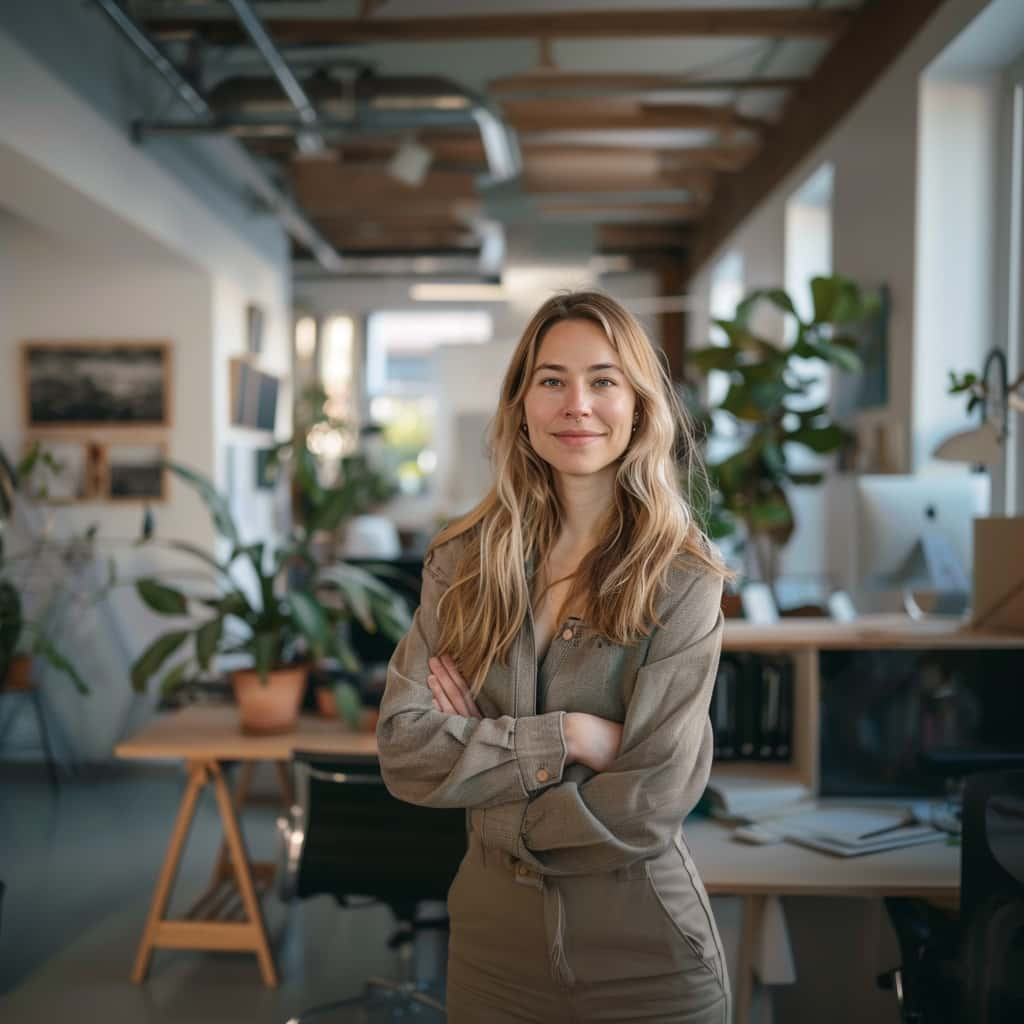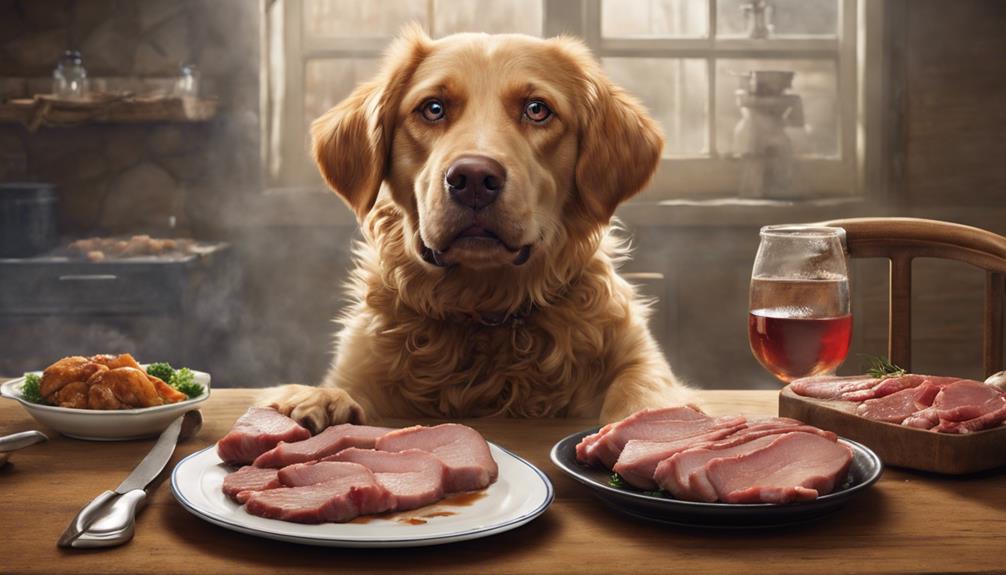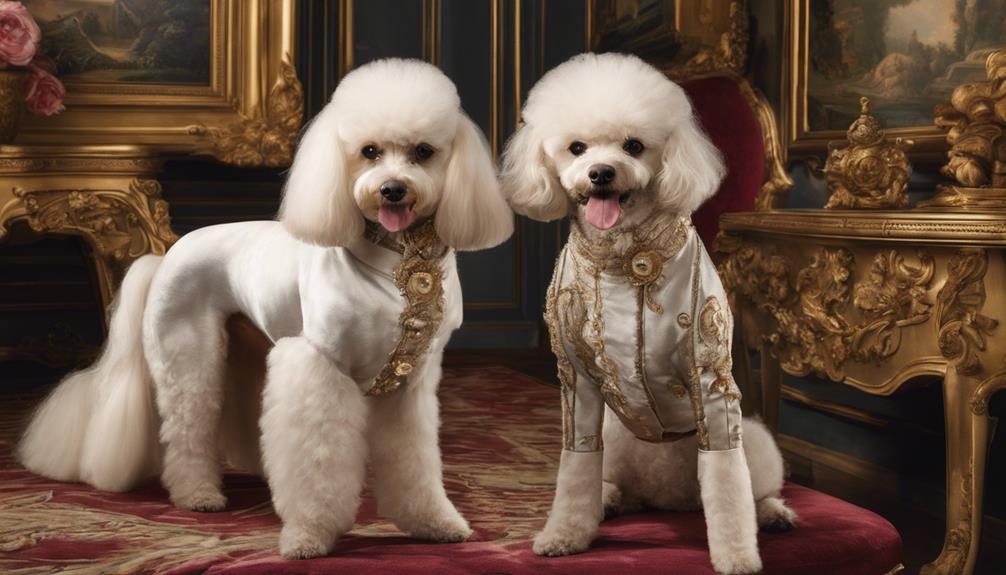Did you realize that a solitary female flea has the ability to lay up to 50 eggs in a single day? This implies that in a matter of weeks, a minor flea issue can quickly escalate into a serious infestation within your household. Fleas are not just a bother for your canine companion, but they can also result in health problems for both your beloved pet and your family. It is vital to be able to identify the indications of a flea infestation at an early stage in order to promptly address the situation.
Key Takeaways:
- Regularly inspect your dog’s coat for visible signs of fleas such as flea eggs and droppings.
- Watch out for behavioral signs like restlessness, increased scratching, and tapeworms.
- Use a flea comb or perform a microscopic inspection to spot fleas on your dog.
- If you’re having trouble getting rid of fleas, seek professional assistance from a vet.
- Take preventive measures to protect your dog from fleas and keep your home flea-free.
Visible Signs of Fleas on Your Dog’s Coat
One common sign of a flea infestation is the presence of flea eggs and droppings. Flea eggs are oval-shaped and white in color, while flea droppings are tiny black dots. These eggs and droppings can easily fall off your dog’s coat and onto the ground, resembling salt and pepper granules.
If your dog has anemia, which can be caused by flea infestation, you may notice pale gums and signs of weakness, dizziness, and difficulty breathing. Flea bites can also trigger allergic reactions in some dogs, leading to severe itching, red sores, and hair loss.
Detecting flea eggs and droppings on your dog’s coat is essential in identifying a flea infestation early on. It’s important to take prompt action to protect the health and well-being of your furry friend.
Behavioral Signs of a Flea Infestation
Dogs with flea infestations may exhibit certain behavioral signs that indicate their discomfort. Restlessness is a common behavior, as fleas can cause continuous biting and itching. You may also observe your dog scratching and chewing on various areas of its body in an attempt to relieve the itchiness. Another common indication of a flea infestation is the presence of tapeworms. Fleas can carry tapeworm larvae, and when dogs lick or bite at the itchy areas caused by fleas, they may ingest these parasites along with the fleas. As a result, you may notice moving tapeworm segments in your dog’s feces.
| Behavioral Signs of a Flea Infestation | ||
|---|---|---|
| Restlessness | Continuous scratching and chewing | Presence of tapeworms in feces |
When dogs are plagued by fleas, they often can’t find relief from the constant biting and itching. Restlessness is a clear indication that something is bothering them, and if you notice your furry friend being more active than usual or having difficulty settling down, it’s important to check for fleas. These small pests can cause significant discomfort and distress, leading to restlessness in dogs.
Scratching and chewing are instinctive responses to alleviate the itching caused by flea bites. If you observe your dog frequently scratching or biting various areas of its body, it could be an indication of a flea infestation. Pay particular attention to areas such as the base of the tail, legs, and belly as fleas tend to concentrate in these regions.
Tapeworms are another telltale sign of a flea infestation in dogs. Fleas act as intermediate hosts for tapeworms, carrying their larvae. When dogs lick or bite at itchy areas caused by fleas, they can inadvertently ingest these parasites along with the fleas. As a result, you may find moving tapeworm segments resembling grains of rice in your dog’s feces or around its anus. It’s essential to seek veterinary care to treat both the flea infestation and tapeworm infection.

Why Fleas Cause Restlessness
Fleas are more than just pesky insects that irritate your dog’s skin. They also feed on their blood, causing continuous discomfort and restlessness. The itching and biting sensation triggered by flea bites can make it challenging for dogs to find calm and relaxation. Fleas can quickly multiply and infest a dog’s entire body, exacerbating the restlessness and making it even more difficult for your furry companion to find relief.
Preventing Flea-Related Restlessness
To prevent flea infestations and the resulting restlessness in dogs, it’s crucial to implement a comprehensive flea prevention plan. This plan should include regular use of flea preventative products recommended by your veterinarian, routine grooming to check for signs of fleas, and thorough cleaning of your dog’s living environment. Additionally, consider using flea combs to remove adult fleas and their eggs from your dog’s coat.
“Regularly inspect your dog for signs of fleas, such as excessive scratching or visible signs on the coat. Take preventive measures by using flea control products recommended by your veterinarian.”
How to Spot Fleas on Your Dog
Spotting fleas on your dog can be a challenging task due to their small size and agility. Fleas measure approximately 1-2 mm in length and are adept at jumping away, making them elusive to catch. However, there are effective methods you can employ to identify and remove these pests from your furry friend’s coat.
To begin with, a flea comb can be a valuable tool in your arsenal. A flea comb is designed with closely spaced teeth that can trap fleas as you comb through your dog’s hair. Start by gently combing near the base of the hair, paying special attention to areas where fleas are likely to hide, such as around the tail and hindquarters. Take your time and comb in a slow, deliberate manner to increase your chances of finding any fleas.
If you suspect your dog has fleas but are having difficulty confirming the presence of these tiny parasites, you may consider performing a microscopic inspection. This involves collecting a sample of your dog’s fur, placing it on a white piece of paper, and using a magnifying glass or microscope to examine it closely. Fleas can sometimes be easier to detect under higher magnification, revealing their presence through their distinctive shape and movement.
However, if your efforts to spot and eliminate fleas on your own prove unsuccessful, it may be time to seek professional assistance for flea removal. A local veterinarian can provide invaluable expertise and offer targeted solutions to eradicate the infestation. They may recommend specialized flea treatments, such as oral medications or topical solutions, that are best suited for your dog’s specific needs. Additionally, they can provide guidance on preventive measures to minimize the risk of future flea infestations.

Expert Tip:
Regular grooming and inspection of your dog’s coat can help you catch fleas before they have a chance to reproduce and exacerbate the infestation. By conducting routine checks and promptly addressing any signs of fleas, you can ensure the comfort and well-being of your beloved pet.
| Possible Signs of Fleas on Your Dog | How to Confirm Flea Infestation |
|---|---|
| Frequent scratching and biting | Use a flea comb or perform a microscopic inspection |
| Presence of flea dirt (black specks) on the coat or bedding | Inspect using a flea comb or a magnifying glass |
| Red, inflamed skin or hot spots | Observe your dog’s behavior and appearance |
| Pale gums or signs of anemia | Consult a veterinarian for a thorough examination |
Conclusion
Protecting your dog from fleas is essential for their health and well-being. By being proactive in flea prevention and taking necessary measures, you can ensure a comfortable and happy life for your furry friend.
Regularly inspect your dog for signs of fleas, such as excessive scratching or visible signs on the coat. If you notice anything unusual, it’s important to take immediate action. Consult with your veterinarian and use flea control products recommended by them.
In addition to treating your dog, it’s crucial to clean your home thoroughly and treat your dog’s environment to prevent reinfestation. Fleas can hide in carpets, bedding, and furniture, so it’s important to vacuum regularly and wash your dog’s bedding frequently.
If you’re unsure about how to deal with fleas or if the infestation persists, it’s always a good idea to seek professional assistance. Your local veterinarian can provide guidance and recommend the best course of action to eliminate fleas and keep your dog protected.









